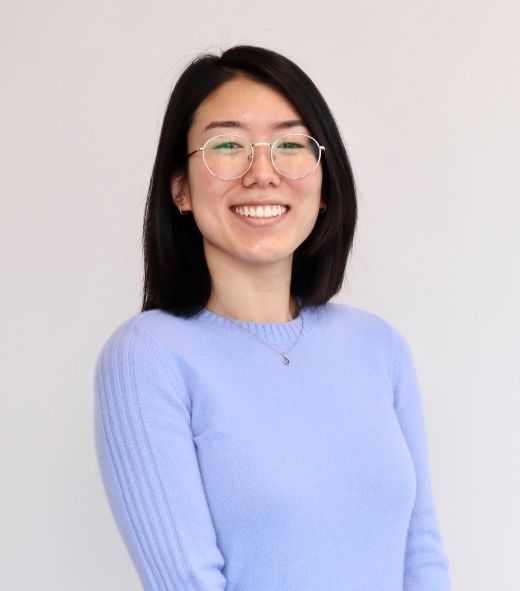The iDPCC is thrilled to spotlight several CEIRR researchers who earned a poster presentation award at the 4th Annual CEIRR Network Meeting (ANM). The fourth spotlight of this series is Sydney Gang, a Ph.D. student in Scott Hensley’s lab at the University of Pennsylvania, which is affiliated with the University of Pennsylvania CEIRR (Penn-CEIRR). Gang earned First Place in the Immunity, Transmission, Breadth of Protection category for her poster titled “Longitudinal antibody dynamics in pediatric populations after A(H3N2) infection.”

“I am intrigued by how our immune responses can have different specificities against flu viruses, leading some individuals to be more susceptible to infection by a certain variant and others more protected,” says Gang. This motivated her to study how influenza viruses accumulate mutations and evolve within a single human by assessing the pressures placed on the viruses by the human body. One major pressure is the antibody response from the human immune system. If a virus acquires a mutation during a human infection, it could circulate among others in a future flu season. However, given that most adults have been exposed to several influenza viruses throughout their lifetimes, Gang and her colleague Dr. Ashley Sobel Leonard, studied the antibody responses in children infected with influenza H3N2 during the 2022-2023 flu season. In a subset of the children, they found relatively narrow antibody responses against an H3N2 epitope that had acquired a mutation the following season, which suggests that influenza viruses may be evolving to escape antibodies present in children. Gang notes, “understanding the mechanisms underlying these differences in antibody responses is important for developing more effective vaccine strategies.” She aims to further this mission by studying the “relationship between immunity and viral evolution.”
Gang credits the CEIRR Program’s “incredibly collaborative environment and network” for pushing her research forward. She described her collaboration with Dr. Jesse Bloom’s lab as “invaluable for this project,” due to the specialized technique she learned, called a sequencing-based neutralization assay. Because of the partnerships with Dr. Bloom’s lab and clinical fellow Dr. Sobel Leonard, Gang says that she is “grateful to be able to learn from and work with groups that bring important insights into my project.” She aims to keep that collaborative energy, especially with CEIRR experts, as she continues her research career.
To learn more about Gang personally, the iDPCC asked several insightful questions:
1. Who/what inspired you to go into science in general?
A. In high school, I was drawn towards the biological sciences because I felt it provided a means to both understand fundamental mechanisms and make a tangible and lasting impact on human health.
2. What is one thing on your bucket list?
A. Taking a road trip along the east coast.
3. How have your career interests and plans changed over time?
A. I had not planned to pursue grad school after college and worked for several years in an academic lab and later in a biotech startup. During that time, I was lucky to have met several key mentors who helped solidify in me a love for science and learning, which is ultimately why I decided to pursue grad school.
4. What are your plans following your training?
A. I hope to pursue vaccine development/drug discovery work either in academia or industry, but I am keeping my mind open to other careers.
5. What is your favorite mundane lab chore?
A. Restocking shelves with lab supplies while listening to a good podcast.
6. Do you have any hobbies or special interests that you'd like to share?
A. I have recently started baking after being fed so many cookies in the Hensley lab. I’m always looking for interesting recipes so please feel free to share if you have any!